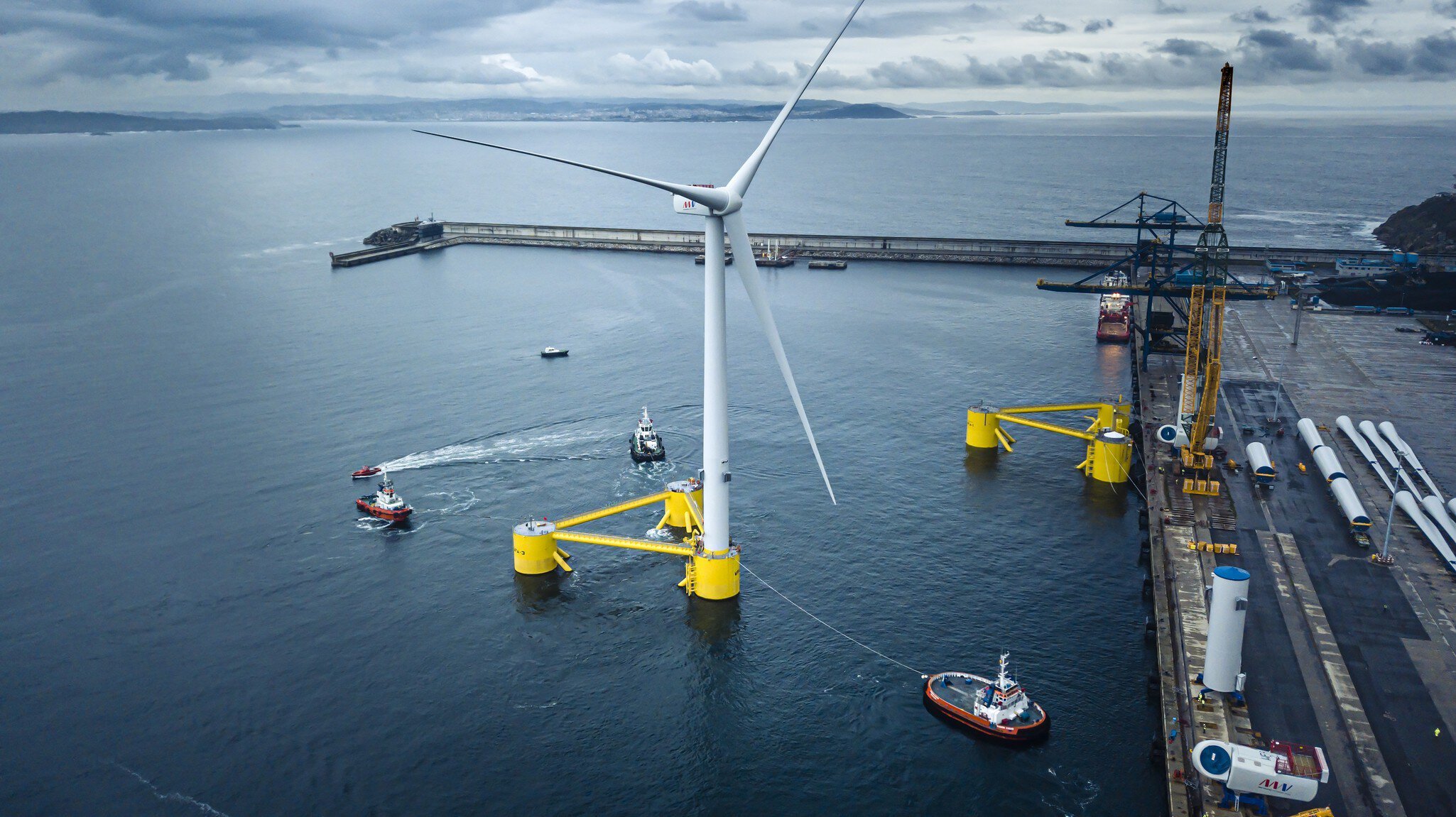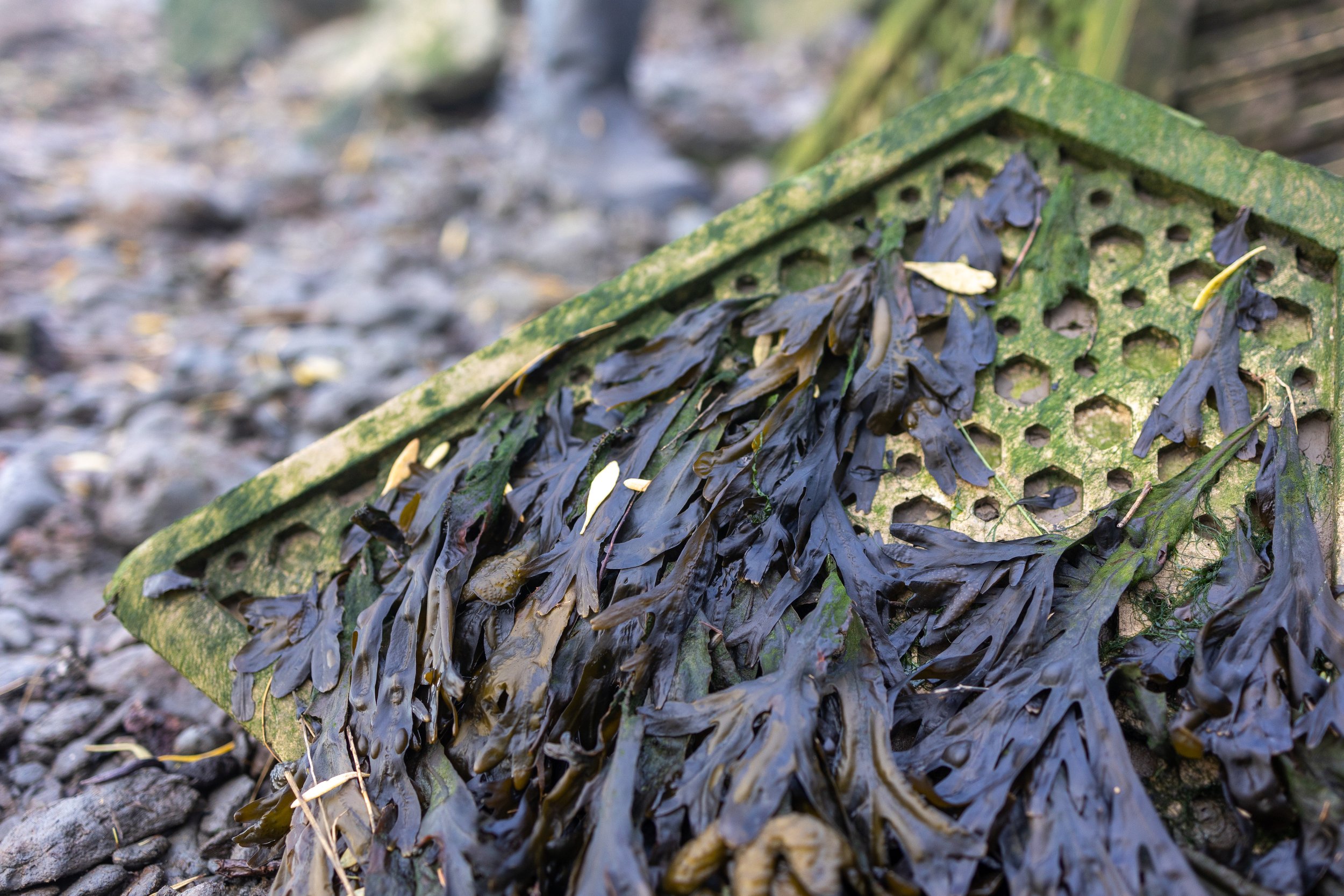New Year, New Opportunities: Exploring Trends for 2025
As we enter 2025, we are another year closer to the major net zero deadline set out by the UK government. Globally, there is a collective effort to continue to reduce our emissions and improve sustainability across all areas of society.
2025 is set to be a major year for growth in the offshore wind sector, with the UK expected to exceed 20GW of capacity. Major projects in the offshore wind sector to look out for this year include:
Dogger Bank A: First phase due to be completed in the second half of 2025
Continued construction of East Anglia Three, adding 1.4GW of capacity when completed in 2026
Advancements in floating offshore wind, allowing offshore windfarms to be developed in deeper waters with higher winds, producing more power.
It is crucial that we continue to expand offshore wind capacity, especially considering that the UK’s target for 2030 is 50GW. Supply chain issues form a significant barrier which is slowing offshore wind developments, as well as extensive legislation which seeks to protect marine areas.
How can the UK encourage sustainability within the Offshore Wind Sector?
In 2024, the UK government raised the maximum price that offshore wind farm developers can change for the electricity they produce by 66%. This was a response to the previous round of auctions receiving zero bids to build new offshore wind farms.
This year, the government is going one step further, by introducing the Sustainable Industry Reward, or SIRs for short. This initiative would consider different types of sustainability for a renewables project, such as:
benefits of new renewable projects for local communities
the resilience of the developer’s supply chain
environmental impacts of new renewables projects
Successful bidders will then receive their rewards after delivering the commitments made within their application.
Exo Engineering are proud to support the transition to renewable energy, providing low carbon Nature-Inclusive protection for offshore windfarm infrastructure. By using a low carbon mix which incorporates recycled materials, we can move towards a circular economy where waste is reduced.
In coastal environments, some of the first projects which have been subject to Biodiversity Net Gain (BNG) legislation are beginning to enter the construction phase.
Coming into effect from the beginning of last year, BNG requires almost all projects to deliver a 10% increase in biodiversity as part of construction, typically achieved through habitat creation or enhancement at the development site. Nature Inclusive Design, or Integrated Greening of Grey Infrastructure (IGGI) offers higher biodiversity value than conventional methods of coastal defence, allowing developers to work towards achieving their BNG commitments.
By designing our infrastructure in a way which creates room for marine life, we can support our own development goals whilst benefitting marine ecosystems. Exo Engineering see the potential that bespoke designs can offer within marine environments and look forward to seeing the difference that they will make within both the marine energy sector and coastal defences in the coming year.
If you’d also like to make a difference through the use of bespoke design, we would love to hear from you. Get in touch to find out how Exo can help your project



